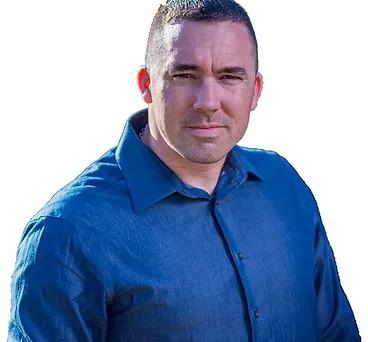When we hear a news story or a statistic we often perceive the information as abstract. There was an airstrike in Mosul, Iraq that killed scores of civilians. Opioid overdoses killed approximately 47,000 Americans in 2017. It’s hard for the human brain to absorb the impact of this information by just reading the text. Photographs, however, humanize these abstract events.
Maranie Staab is a 31-year-old photojournalist and graduate student at the Newhouse School at Syracuse University. In September 2015, Staab left a well paying yet unsatisfying job to pursue her passion for photography and storytelling.






